Are you considering a Bengal cat as your next pet? If so, you’ve come to the right place! Bengals are incredibly beautiful cats, with an unmistakably exotic look that stands out among their more common housecat peers.
One of the most distinctive elements of a Bengal is its unique coat pattern and coloration; from traditional mackerel tabby to unusually coloured blue or silver, these cats have it all.
In this blog post, we’ll cover some of the colours and patterns available in Bengal cats so that you can make an informed decision about which one might be best for your home. Read on to find out more about these stunningly gorgeous cats!
Bengal Cat Coat: Colours and Patterns
Bengals come in a variety of colours and patterns, each one unique and beautiful.
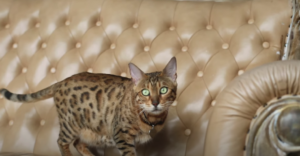
It’s important to know what colour and pattern combinations are available so that you can choose the right cat for your family.
The Spotted Coat
Single-Spotted
The single-spotted coat, also known as “marble,” is the most common Bengal cat pattern. It’s characterised by large patches of colour on a lighter base coat and can range from dark brown to red. Single-spotted Bengals typically have darker or black stripes on their cheeks, legs and tail.
Donut Rosettes
Donut rosettes have a similar pattern to the single-spotted coat, but instead of large patches of colour they are composed of smaller ‘donuts’ of colour. The donut rosette is usually found on silver spotted Bengals and can range from light brown to almost black.
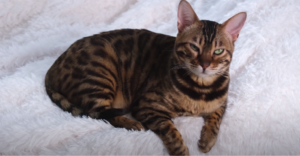
Paw-print Rosettes
The paw-print rosette is a variation on the donut rosette pattern, but instead of being made up of donuts, it consists of paw-prints. This pattern is often found on silver spotted Bengals and can range from light brown to almost black.
Clouded Rosettes
Clouded rosettes are made up of large patches of colour surrounded by smaller spots, similar to a cloud. This pattern is often found on brown spotted Bengals and can range from light brown to almost black.
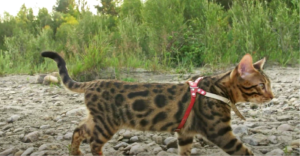
Chain Rosetting
Chain rosetting is characterised by a chain-like pattern of stripes and spots. This pattern can range from light brown to almost black and is often found on silver spotted Bengals.
Cluster Rosettes
Cluster rosetting is characterised by clusters of spots and stripes arranged in a diamond shape. This pattern can range from light brown to almost black and is often found on silver spotted Bengals.
The Marbled Coat
The marbled coat is the second most common Bengal cat pattern, and it’s characterised by a swirling pattern of stripes and spots.
The Sparbled Coat
The sparbled coat is the least common Bengal cat pattern, and it’s characterised by stripes and spots arranged in a random pattern. This pattern can range from light brown to almost black and is often found on silver spotted Bengals.
The Brown Bengal cat
The brown Bengal cat is the most popular type of Bengal, and it’s characterised by a solid coloured coat ranging from dark brown to light tan. Brown Bengals are the only cats with a single colour coat, but they still have tabby stripes on their legs and tail.
The Snow Bengal cat
The snow Bengal cat is the rarest type of Bengal, and it’s characterised by a white coat with black or grey stripes and spots. Snow Bengals usually have blue eyes, though some may have greenish-yellow eyes as well.
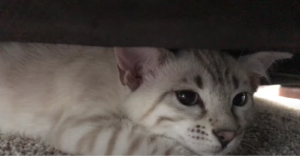
The Silver Bengal cat
The silver Bengal cat is the second rarest type of Bengal, and it’s characterised by a solid silver coat with black or grey stripes and spots. Silver Bengals usually have blue eyes, though some may have greenish-yellow eyes as well.
The Charcoal Bengal cat
The charcoal Bengal cat is the third rarest type of Bengal, and it’s characterised by a solid black coat with grey stripes and spots. Charcoal Bengals usually have blue eyes, though some may have greenish-yellow eyes as well.
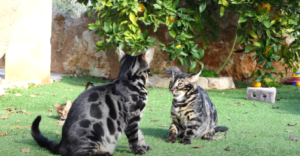
The Blue Bengal cat
The blue Bengal cat is the fourth rarest type of Bengal, and it’s characterised by a solid blue coat with black or grey stripes and spots. Blue Bengals usually have blue eyes, though some may have greenish-yellow eyes as well.
The Black (Melanistic) Bengal cat
The black (melanistic) Bengal cat is the fifth rarest type of Bengal, and it’s characterised by a solid black coat without any stripes or spots. Black Bengals usually have blue eyes, though some may have greenish-yellow eyes as well.
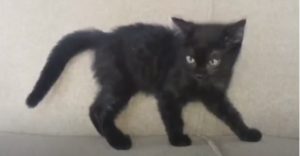
FAQ
What patterns do Bengal cats have?
Bengal cats can have a variety of patterns, including single-spotted, donut rosettes, paw-print rosettes, clouded rosettes, chain rosettes, cluster rosettes, marbled coat and sparbled coat.
What colours do Bengal cats come in?
Bengal cats come in a variety of colours, including brown, snow, silver, charcoal, blue and black (melanistic).
What is the rarest Bengal cat?
The snow Bengal cat is the rarest type of Bengal. It’s characterised by a white coat with black or grey stripes and spots. Snow Bengals usually have blue eyes, though some may have greenish-yellow eyes as well.
What is the rarest colour of a Bengal cat?
The blue Bengal cat is the rarest colour of a Bengal cat. It’s characterised by a solid blue coat with black or grey stripes and spots. Blue Bengals usually have blue eyes, though some may have greenish-yellow eyes as well.
Are Bengal cats hypoallergenic?
No, Bengal cats are not hypoallergenic. They shed like any other cat and produce the same allergies as other cats.
What colours are Bengal cat breeds?
Bengal cats come in a variety of colours, including brown, snow, silver, charcoal, blue and black (melanistic). Each colour has its own unique pattern and markings.
Are Bengal cats good pets?
Yes, Bengal cats can make wonderful pets. They are intelligent, active cats that love to explore and interact with their owners. They are also relatively low-maintenance, only needing minimal grooming and a high-quality diet.
However, Bengal cats can be very vocal and active, so they may not suit every lifestyle. It’s important to assess whether the temperament of a Bengal cat is right for you before making any decisions.
Can Bengal cats have stripes instead of spots?
Yes, some Bengal cats can have stripes instead of spots. The most common pattern with stripes is the chain rosette, which consists of a chain-like pattern of stripes and spots. This pattern can range from light brown to almost black and is often found on silver spotted Bengals.
What 2 breeds make a Bengal cat?
The Bengal cat is a hybrid breed that was developed by crossing domestic cats with the Asian leopard cat (Prionailurus bengalensis). It is not considered a purebred cat.
How can you tell a pure Bengal cat?
There is no way to guarantee that a Bengal cat is purebred because cats can only be registered as such if they have three generations of documented pedigree and registration papers. However, some physical traits can help you determine if a cat is likely to be a purebred Bengal.
These traits include round eyes, short legs, thickly muscled bodies, long tails, webbed paws, and a spotted or marbled coat pattern. They also tend to have distinctive facial markings and large ears.
Do Bengal cats like water?
Yes, many Bengal cats enjoy swimming, playing in the water, and even drinking from the tap. This is likely because their wild ancestor, the Asian leopard cat (Prionailurus bengalensis) is an adept swimmer. Bengal cats are also very playful and curious, so they may be drawn to playing in water even if it isn’t their natural inclination.
Do Bengals shed?
Yes, all cats shed some fur. Bengals tend to shed moderately throughout the year and will usually have a more intense shedding period twice a year during seasonal changes. Regular brushing can help reduce the amount of shedding and keep your Bengal’s fur in good condition.
Where do Bengal cats come from?
The Bengal cat breed was developed by crossing domestic cats with the Asian leopard cat (Prionailurus bengalensis). The first successful breeding between these two breeds occurred in 1964, resulting in a hybrid breed called the Bengal.
They were first recognized by The International Cat Association in 1983 and quickly gained popularity due to their exotic appearance and affectionate personalities.
Are Bengal cats rare?
No, Bengals are not a particularly rare breed of cat. However, they are still relatively uncommon compared to other breeds, especially in certain regions or countries.
Also, some colours or patterns of Bengals can be more rare than others. For example, the snow Bengal is one of the rarest colours of Bengal cats.
Are Bengal cats expensive?
Yes, Bengals can be somewhat expensive compared to other breeds. Depending on their colour and pattern, Bengals can range anywhere from a few hundred dollars for pet-quality kittens to thousands for show-quality cats with excellent pedigrees.
Additionally, since Bengals are an active breed, they will require more time and resources for exercise, training, and enrichment activities than other cats.
Do Bengal cats have long or short fur?
Bengal cats usually have short coats that range from soft to slightly coarse in texture. They do not require much grooming, though regular brushing can help reduce shedding and keep their fur in good condition.
Some Bengals may have longer, softer coats due to cross-breeding with other breeds, but this is not a common trait among the breed.
Can Bengal cats be left alone?
Bengal cats are very social animals and prefer to be around people. They can become bored and destructive when left alone for long periods of time, so it’s not recommended to leave a Bengal cat alone for more than 8-10 hours.
It’s important to provide plenty of stimulation and activities for your Bengal when you’re away, such as puzzle toys or scratching posts. Additionally, having another pet in the home can help keep your Bengal entertained and prevent boredom while you’re gone.
What kind of personality do Bengal cats have?
Bengal cats are known for their confident and social personalities. They are active and curious, often seeking out new experiences. Bengals also tend to be very vocal and affectionate, loving to cuddle up with their owners and follow them around the house.
They can be quite mischievous at times, so it’s important to provide plenty of outlets for their energy and curiosity. Bengals are also very intelligent cats and can be easily trained with the right guidance.
Are Bengal cats prone to any health problems?
Like all purebred cats, Bengals are prone to certain hereditary health issues such as hip dysplasia, heart defects, and eye diseases. It is important to research a breeder before buying a Bengal to ensure that they are properly screened for any potential health issues.
Additionally, Bengals should be provided with regular veterinary check ups to catch any potential issues early and help ensure your cat’s long-term health.
What is the life expectancy of a Bengal cat?
The average life expectancy of a Bengal cat is 12-15 years. However, with proper care and nutrition, Bengals can live much longer.
It is important to provide your Bengal with regular veterinary check ups to identify any health issues early and ensure your cat remains healthy for its entire life.
What colour are the eyes of a Bengal cat?
Bengal cats typically have yellow, green, or even blue-green eyes. They may also have white eye rims which give them an exotic look. Some Bengals may even have different coloured eyes; this is called heterochromia and is completely normal within the breed. It doesn’t affect their health in any way and is simply a trait of the breed.
Can Bengal cats be used as therapy cats?
Yes, Bengals have the potential to make excellent therapy cats due to their friendly and social personalities. They are very intelligent cats and can easily be trained with patience and consistency.
Bengals also enjoy interacting with people, making them ideal candidates for therapeutic activities such as petting or visiting hospitals or nursing homes.
Do Bengal cats like to cuddle?
Yes, most Bengals enjoy snuggling and cuddling with their owners. They are affectionate and social cats that love human companionship. However, it is important to remember that all cats have different personalities and temperaments; some may be more independent and not particularly interested in cuddling.
It is best to provide plenty of toys and activities for your Bengal to keep them entertained and help prevent boredom.
Are Bengal cats hypoallergenic?
No, Bengals are not hypoallergenic cats. They produce the same amount of allergens as any other cat breed, so individuals with allergies should take caution when considering a Bengal.
Regular brushing and grooming can help reduce shedding and allergen levels, however, it is important to remember that these cats will still produce allergens.
What colour is the most common Bengal cat?
The most common colour of Bengal cats is the brown tabby. These cats have light tan or beige coloured fur with dark brown markings across their body.
However, there are many other colours and patterns of Bengals, including silver, snow, marble, and charcoal. Each one has a unique look that makes them stand out in a crowd.
Are Bengal cats good with children?
Yes, Bengals can make good family pets when properly socialised and accustomed to children from an early age.
However, it is important to supervise any interactions between Bengals and young children due to the active nature of the breed. Additionally, it is important to teach children how to interact with cats in a respectful and gentle manner.
Are Bengal cats prone to being overweight?
Yes, Bengals are prone to becoming overweight if not given the proper nutrition and exercise. They are an active breed that needs plenty of playtime in order to stay fit and healthy. It is important to feed your cat a nutritionally balanced diet with plenty of fresh water available at all times.
Does the Bengal Cat come in long or short haired variants?
The Bengal cat is a short-haired breed, with coats ranging from soft to slightly coarse in texture. While crossbreeding with other breeds can lead to Bengals having longer, softer coats, this is not a common trait among the breed. Regular brushing will help reduce shedding and keep their fur in good condition.
Do Bengal cats require regular grooming?
Yes, Bengals should be groomed regularly to help keep their fur healthy and free of mats. Regular brushing will help reduce shedding and remove any dirt or debris that may be embedded in the coat.
Additionally, checking for fleas and ticks is important to ensure your cat remains free of parasites. Depending on the length of your cat’s fur, you may also want to consider professional grooming sessions.
Does my Bengal cat need to receive vaccinations?
Yes, your Bengal should receive regular vaccinations in order to stay healthy and protect them from dangerous illnesses.
Vaccinating your cat is the best way to ensure their long-term health and give you peace of mind that they are safe from potential harm. Talk to your veterinarian about which vaccines are necessary for your specific cat’s needs.
Do Bengal cats like to be around other cats?
Bengals can usually coexist peacefully with other cats if properly introduced. They are social and outgoing cats that enjoy interacting with their feline companions.
It is important to introduce your Bengal slowly to any existing cats in the home, allowing them plenty of time to get used to one another before expecting full acceptance. Additionally, it is important to provide plenty of space and resources for all cats in the home.
Do Bengal cats need a special diet?
No, Bengals do not require any special dietary needs beyond that of an average cat. They should be fed a nutritionally balanced diet appropriate for their age and activity level.
Additionally, providing fresh water at all times will help keep your cat hydrated and healthy. If you have any concerns about your cat’s diet, it is best to consult with a veterinarian for specific dietary recommendations.
Does the Bengal Cat shed much?
Yes, Bengals do shed frequently due to their short coats. This is normal and should be expected from any cat breed with short fur. Regular brushing will help reduce shedding and keep their fur in good condition. Additionally, it can also help promote bonding between you and your cat.
Do Bengal cats get along with other animals?
Yes, Bengals can usually get along with other animals such as dogs if properly introduced.
They are social cats that enjoy interacting with their furry companions. It is important to introduce your Bengal slowly to any existing pets in the home, allowing them plenty of time to get used to one another before expecting full acceptance.
Additionally, it is important to provide lots of space and resources for all animals in the home.
Are Bengal cats expensive?
Bengals can vary in price depending on their colour and pattern, as well as where you purchase them from. Generally, they range from $500 to $2,500 USD. It is important to research breeders before buying a Bengal to ensure you are purchasing a healthy cat with good genetics.
Is it easy to train a Bengal cat?
Bengals are intelligent cats that can be trained with patience and consistency. They respond well to positive reinforcement methods such as food rewards or verbal praise.
Additionally, Bengals typically learn quickly when presented with tasks that capture their interest. It is important to use gentle and consistent techniques when training your Bengal in order to ensure success.
Are Bengal cats hypoallergenic?
No, Bengals are not considered hypoallergenic. They produce allergens in the same way as other cats, and therefore individuals with cat allergies may still have reactions to them.
However, they do tend to produce less dander than other cats, which can make them easier for some people with allergies to tolerate. Ultimately, it is important to remember that all cats will still produce allergens.
Useful Video: Different Kind Bengal Cat Colors & Patterns || Bengal Cat Coat
Conclusion
Bengal cats offer a wide variety of colours and patterns to choose from. It is important to remember that all Bengals, regardless of colour or pattern, are both playful and loyal companions.
So whatever colour or pattern you may be looking for in Bengal, consider getting one today. Look into local breeders or shelters for adopting pets and check out breeder websites for kittens available for purchase.
Those who already own a Bengal cat can appreciate their unique beauty which makes the process of selecting the right colour and pattern a particularly fun part of pet ownership. Imagine meeting your new pet and seeing the many possibilities each individual marking could have in store!
Be sure to stay informed as new studies come out about feline genetics as they could yield unexpected results about Bengal cats’ colours and patterns.
And if you’re looking for more information on these beautiful creatures, feel free to contact us with any questions you may have; we’ll be happy to guide you on your journey towards finding the right fur-baby companion that meets your unique needs. After all, nothing beats adding a little fur love into your life!
References:
https://bengalcats.co/bengal-cat-colors-patterns/

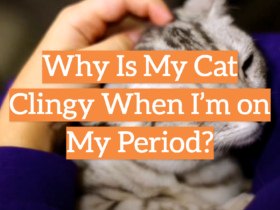
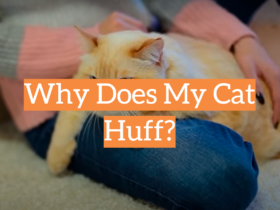
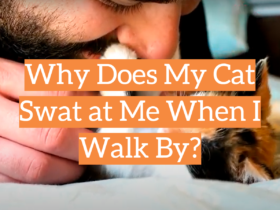
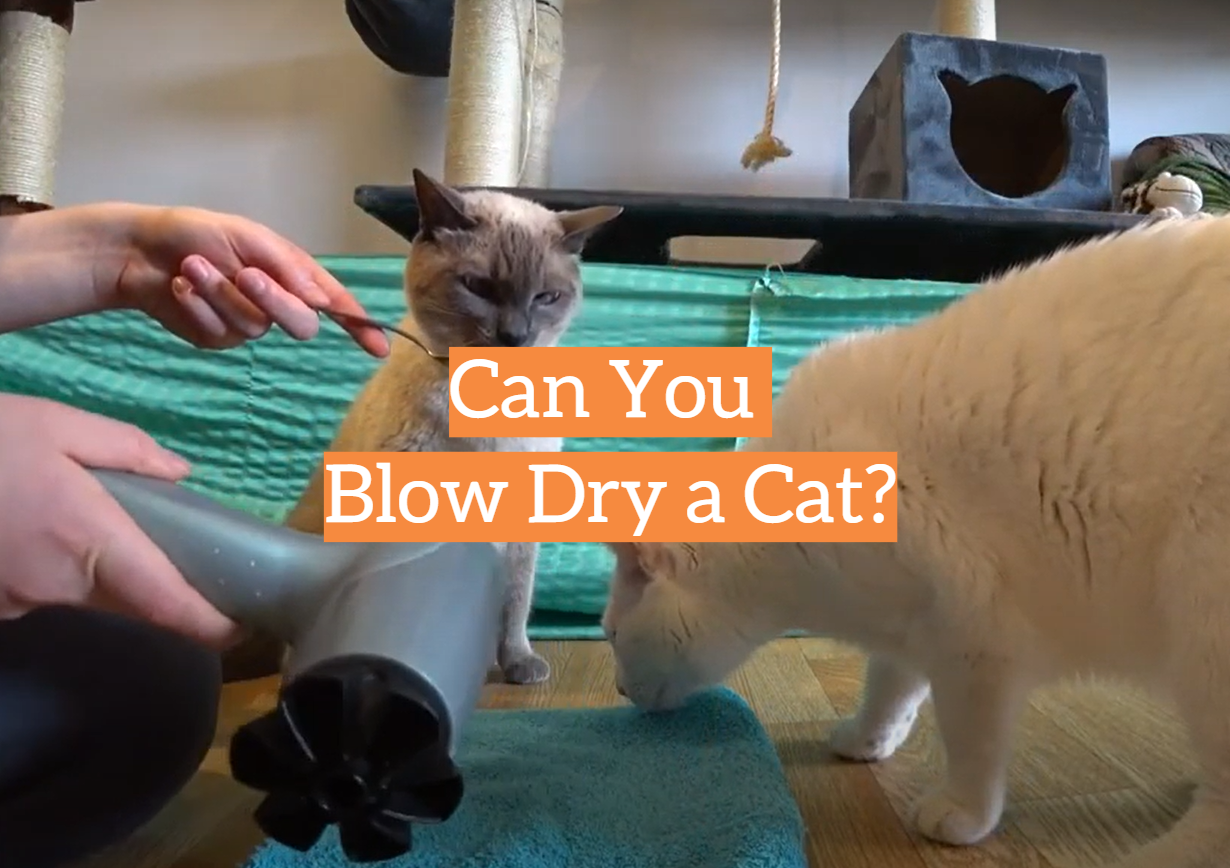
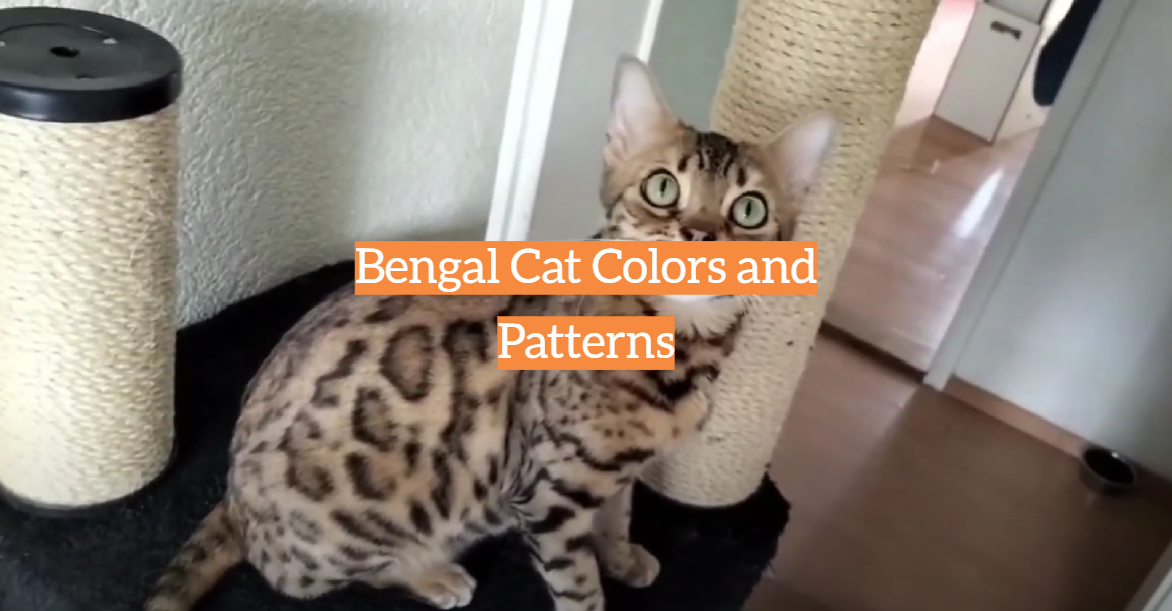
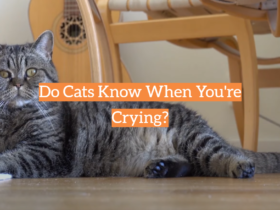
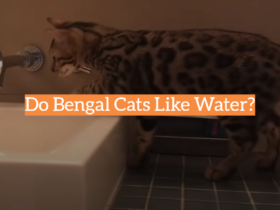
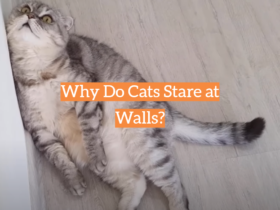

Leave a Reply